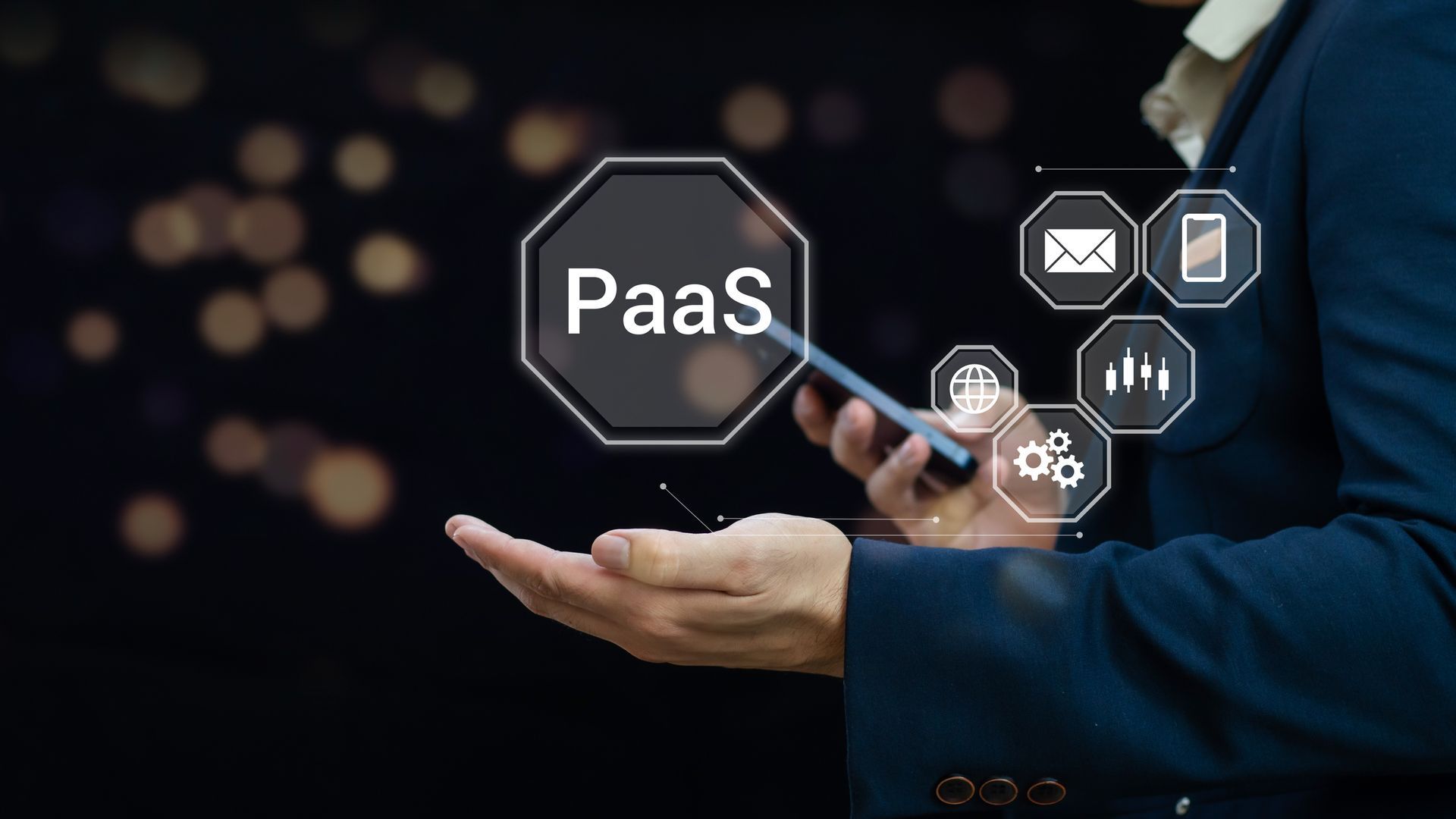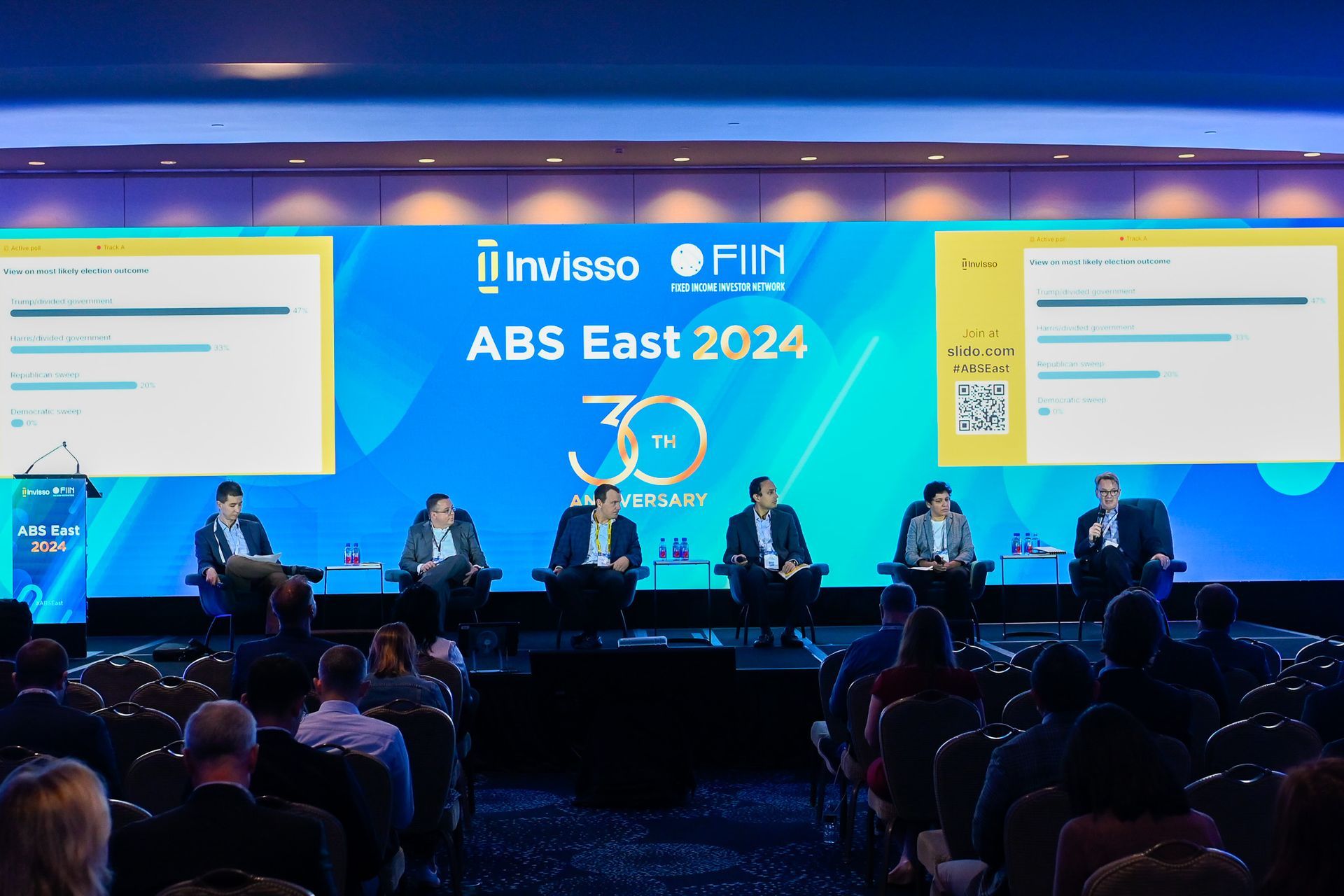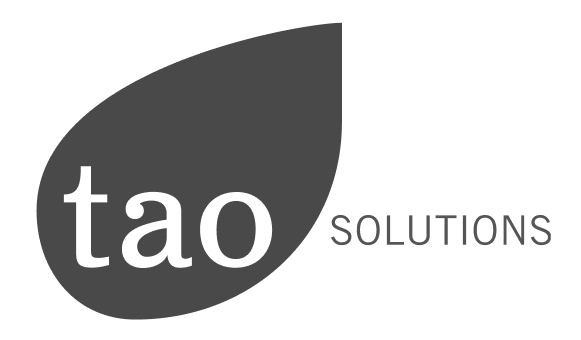Capital Call Securitizations and administration technology by TAO Solutions
Capital Call Securitizations
Overview
Capital call securitizations—also referred to as subscription-backed securitizations—are structured finance transactions that use limited partners’ (LPs’) contractual commitments to private equity or other alternative investment funds as collateral. In these deals, a private equity (PE) fund pledges the right to “call capital” from its investors as the principal source of repayment. Because institutional investors and other LPs are generally considered highly creditworthy (especially in top-tier funds), the securitization market has come to view investor commitments as a relatively low-risk asset class, albeit with a unique legal and structural framework.
Key Concepts
Capital Calls / Subscription Agreements
- When investors (LPs) commit money to a private equity or other alternative fund, they sign a limited partnership agreement specifying the total commitment amount.
- The fund’s general partner (GP) issues “capital calls” (or “drawdowns”) as investment opportunities arise or to cover fees and expenses.
- The LPs are contractually obligated to fulfill these calls up to their committed amount within a specified time frame.
Collateral in a Capital Call Securitization
- In a capital call securitization, the right to issue capital calls and collect funds from LPs serves as the collateral.
- Rather than waiting to call on LPs when capital is needed, the fund (or its affiliated special purpose vehicle) pledges the right to these future capital calls in order to borrow on more favorable terms in the securitization market (or from subscription credit lines).
Typical Structure
- SPV Formation: A special purpose vehicle (SPV) is established. The SPV is legally separate from the fund to insulate the securitized assets in case of bankruptcy or insolvency.
- Collateral Transfer: The fund grants the SPV a security interest in the subscription agreements (the investors’ commitments) and in related documents.
- Funding: The SPV issues notes (or another form of debt) to investors or lenders, backed by the subscription line or future capital call proceeds.
- Credit Enhancement: Various enhancements (subordination, reserves, overcollateralization) may be used to reduce risk to noteholders or lenders.
Credit and Ratings
- Rating agencies primarily focus on the creditworthiness of the underlying investors (LPs), the size and diversity of the investor base, and any concentration risks (e.g., if one investor’s share is too large).
- The strength of the legal obligation that requires LPs to fulfill a capital call is crucial. Rating agencies will analyze the partnership agreements, investor side letters, and any other documents that might weaken or strengthen the enforceability of capital calls.
- Many top-tier private equity and alternative investment funds attract institutional investors (pension funds, sovereign wealth funds, large insurers) with strong credit profiles, which helps secure higher ratings or lower borrowing costs.
Advantages
- Lower Cost of Capital: By securitizing relatively secure payment obligations (LP commitments), a fund can borrow at interest rates typically lower than those on unsecured lines of credit or riskier forms of structured financing.
- Efficient Liquidity Management: Funds do not need to issue frequent capital calls for each investment. Instead, they can use proceeds from the securitization (or subscription lines) to make investments quickly, then call capital periodically to repay the debt.
- Reduced Investor Fatigue: LPs prefer fewer capital calls, especially if their own treasury management is complex. A capital call securitization can help streamline the fund’s drawdown process.
Risks and Considerations
- Legal Enforceability: The biggest risk is that if LPs default on their obligations, the securitization’s collateral may not provide anticipated cash flows. Typically, the documentation and track record of major LPs mitigate this risk.
- Concentration Risk: If one or two large LPs represent a disproportionate share of the fund’s committed capital, the transaction’s risk profile increases.
- Structural Complexity: Detailed knowledge of fund documents and thorough structuring are required to ensure the securitization is properly insulated from fund-level and GP-level risks (e.g., fund insolvency, disputes between GPs and LPs).
- Regulatory and Tax Implications: Capital call securitizations can involve multi-jurisdictional considerations, requiring sophisticated tax, legal, and regulatory analysis.
Common Use Cases
Bridge Financing
- Before a capital call is made, the GP can use proceeds from the securitization (or a subscription facility backed by LP commitments) to bridge investments. This allows the fund to close deals quickly without waiting for drawn-out processes of capital calls.
Working Capital and Operational Needs
- Funds may use a portion of the securitization proceeds to handle ongoing fees, fund expenses, or small follow-on investments without issuing separate calls.
Leveraging Strong LP Base
- Top-tier or brand-name funds with prominent, highly-rated LPs often use securitizations to optimize capital structure and secure more favorable financing terms.
Market Evolution and Outlook
- Growth Trend: In recent times, subscription credit facilities and capital call securitizations have grown significantly, reflecting the broader expansion of private equity and private credit markets.
- Shift from Bilateral to Securitized Structures: Many funds historically relied on bilateral subscription lines from banks. However, with the popularity of securitization, private equity sponsors now have more flexibility, and institutional investors in securitized products can participate in what they view as a relatively low-risk asset class.
- Regulatory Environment: While the subscription finance space is less regulated than traditional bank lending, investors and rating agencies continue to pay close attention to fund documentation and performance. There is increasing scrutiny around the use of leverage in private markets, though subscription-based financing has generally maintained a strong performance record.
Summary
Capital call securitizations transform investor commitments to private equity or similar funds into collateral for a structured finance transaction, enabling funds to raise capital more efficiently and at lower costs. The collateral’s strength relies on the legal enforceability of LP subscription agreements and the generally high creditworthiness of the fund’s investor base. As the private markets continue to expand and innovate, capital call securitizations are expected to remain an important liquidity and financing tool for private equity sponsors and other alternative asset managers.
How TAO Solutions Can Help?
TAO Solutions is a global provider of software and technology-driven services designed to streamline, automate, and enhance various aspects of structured finance and securitization transactions, including capital call (subscription) securitizations. Here are some of the ways TAO Solutions can help in this space:
End-to-End Administration and Data Management
Empty headi
- Automated Workflows: TAO’s platforms can automate many of the manual processes associated with capital call securitizations—such as tracking drawdowns, monitoring investor commitments, and generating compliance reports.
- Real-Time Data Access: A centralized, secure database holds all transaction information, ensuring that critical documents (e.g., subscription agreements, investor profiles) and performance metrics (commitment utilization, advance rates, payment status) are always up to date.
- Auditable Record-Keeping: Tao’s solutions typically maintain a complete audit trail, enabling users to quickly verify transaction histories, respond to investor or regulator inquiries, and enhance transparency.
Advanced Reporting and Analytics
- Customizable Reporting: Generate automated, tailor-made reports for various stakeholders, including rating agencies, trustees, investors, and fund managers. Examples include investor concentration reports, borrowing base calculations, and capital call performance summaries.
- Compliance and Regulatory Reporting: Integrate compliance checks and produce standardized reports for regulators or oversight entities as needed.
- Performance Dashboards: Easily visualize key metrics—like utilization of committed capital, net asset value (NAV) changes, or concentration limits—to make faster, data-driven decisions.
Structuring and Ongoing Servicing Support
- Flexible Deal Structuring: Tao’s modular software can handle different transaction structures and asset classes, helping underwriters and deal arrangers model and execute everything from simple subscription lines to more complex multi-tier securitizations.
- Lifecycle Management: From initial onboarding of limited partners (LPs) through the life of the securitized notes, TAO’s platforms facilitate the ongoing servicing activities: draw requests, capital calls, interest calculations, principal payments, redemptions, and rollovers.
- Investor Communication Tools: Automate notices, distribution statements, and other investor communications, reducing operational risk and improving turnaround times.
Risk Mitigation and Controls
- Collateral Verification: Tools for validating the enforceability of subscription agreements, including tracking side letters or special contractual terms that might affect an LP’s obligations.
- Credit Monitoring: If desired, the platform can integrate credit ratings or credit model inputs for LPs, generating alerts when an LP’s profile changes or if an investor’s concentration exceeds pre-defined thresholds.
- Compliance Alerts: Set rules to trigger alerts if certain coverage ratios, collateral tests, or other structural features fall outside agreed-upon parameters.
Scalability and Integration
- Expandable Architecture: As funds grow in size and add more investors or parallel vehicles, TAO Solutions’ software can scale accordingly, avoiding the need to migrate to new systems.
- Integration with Existing Systems: TAO's platforms can integrate with downstream accounting systems, trustee or custodian systems, and client relationship management (CRM) tools, reducing duplication of data entry and enhancing operational efficiency.
- Multi-Jurisdiction Support: For funds dealing with complex, cross-border structures (and multiple SPVs), TAO can accommodate various legal entities, currencies, and tax/regulatory requirements in one environment.
Bottom Line
By deploying TAO Solutions’ technology, industry participants gain a comprehensive platform to manage the operational, administrative, and regulatory complexities of capital call securitizations. The result is enhanced efficiency, better risk oversight, and a smoother experience.




Case Studies
InfoHUB
©2025 TAO Solutions
Terms & Conditions | Privacy Policy | SOC 2 | ISO | Gold MS Partner | Accessibility







